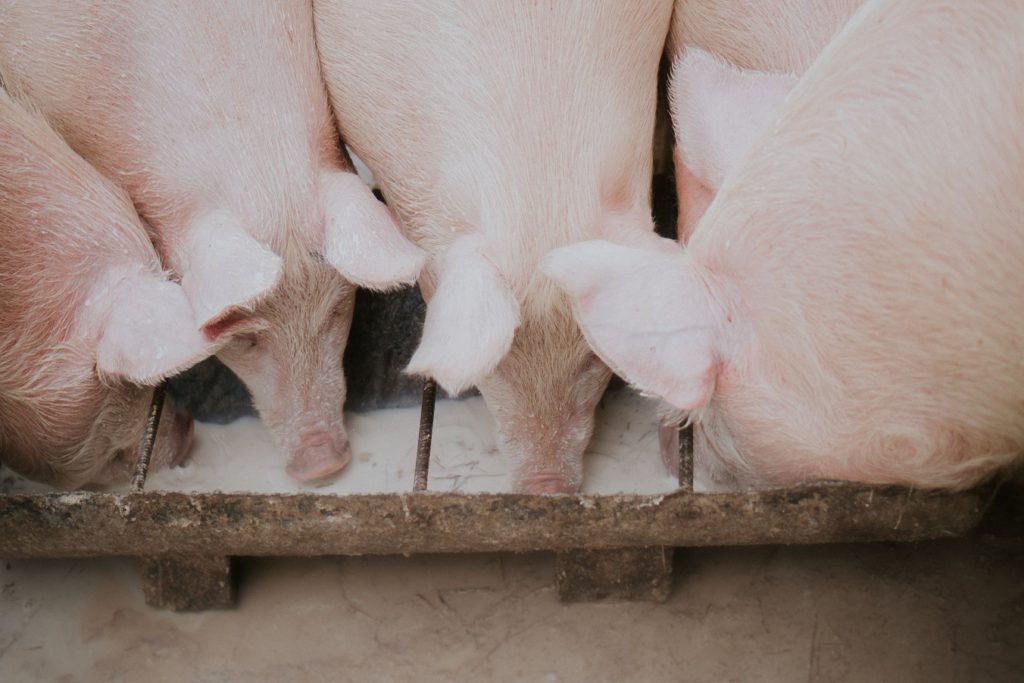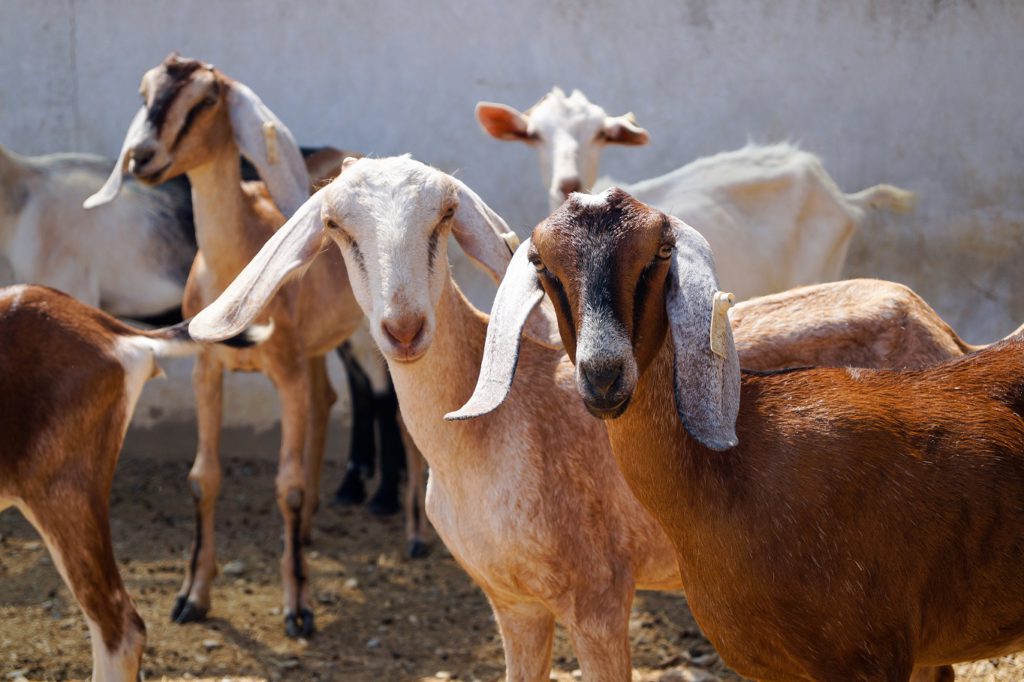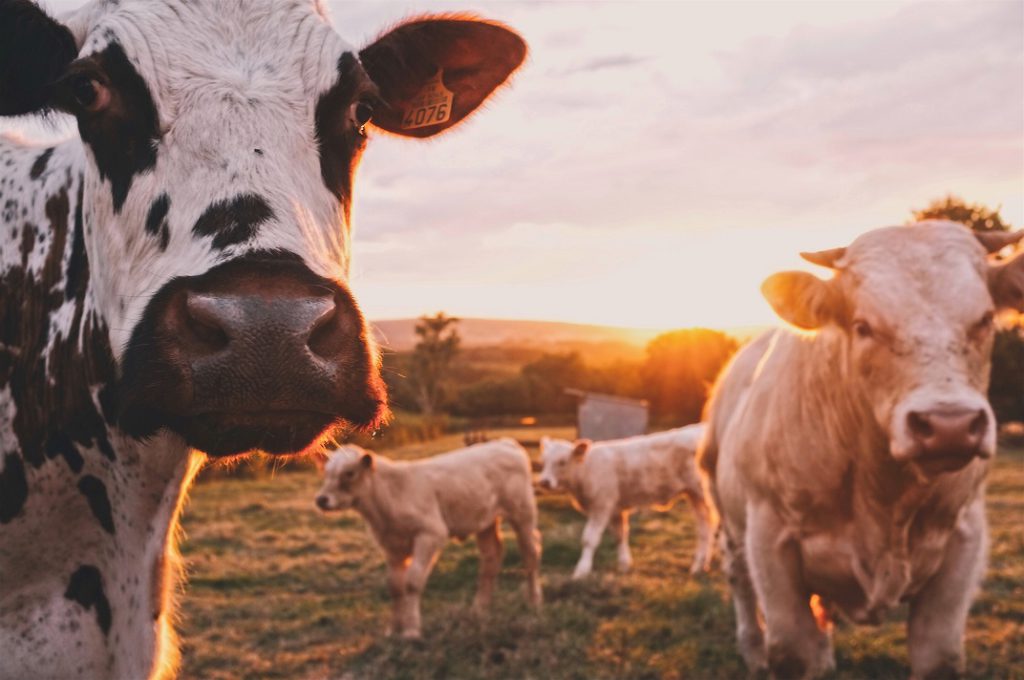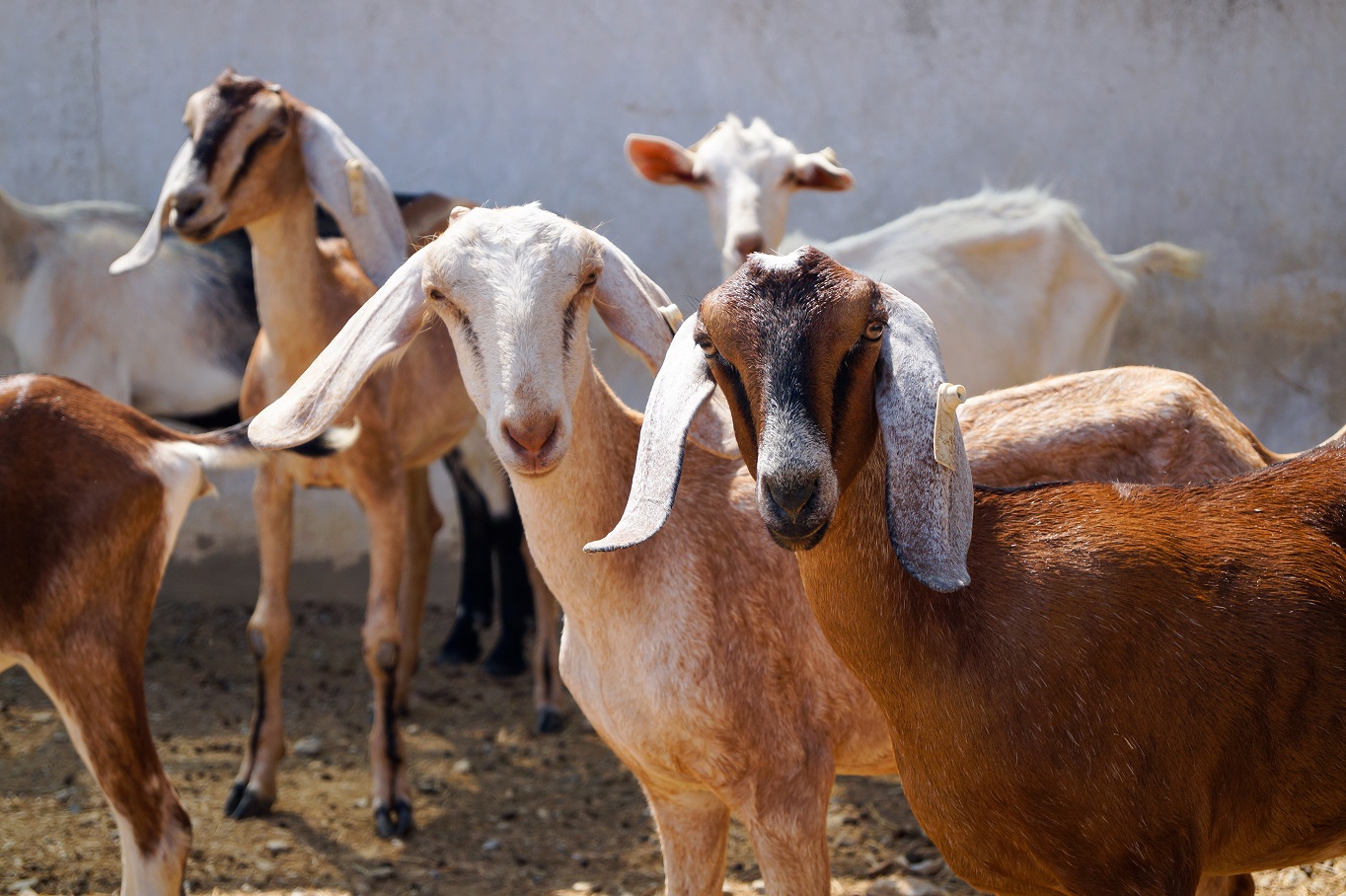The food industry was shaken by the advent of food traceability based on blockchain technology. For its decentralized and tamper-proof system, it is already the point of no return for any company that wants to survive to the wave of consumers who demand transparency, quality, good practices, and the lowest environmental impact; for the livestock industry especially, so closely linked to sanitary emergencies and ecological repercussions, food traceability is the only point for moving forward.
How’s the livestock industry scenario worldwide?

As the world’s population increases, global meat consumption is expected to grow steadily in the coming years. Between 2016 and 2020, the volume of meat production worldwide has increased from 317 million metric tons to 328 million metric tons and, according to a 2021 report by Statista,
According to Statista, the market value of the meat industry is expected to increase from US$838 billion in 2020 to more than US$1 trillion in 2025.
By far, the largest share of the world’s meat is produced in Asia, which generated 136 million metric tons of meat, and pork and poultry are the most produced types of meat, with sheep being the least produced. Although many people refrain from consuming pork for nutritional or religious reasons, pork production is widespread in China and Europe. Some of the world’s largest meat producers include Tyson, Hormel Foods, and National Beef.
What Is India’s current livestock trade scenario?

India is the world’s top exporter of buffalo, sheep, and goat meat. These animals produce approximately 53% of India’s milk and 74% of its meat. Its livestock sector accounts for 4.5% of India’s GDP, with two-thirds of this pastoral production. In addition, poultry farming is one of the main sectors contributing to the country’s economic development.
According to Statista, poultry was the most produced meat in India (2019), with over four million metric tons by volume. Along with buffalo and goat meat, they were the most significant contributors to total meat production across the country that year.
Between 2000 and 2016, the country’s agricultural production has surged from US$101 billion to about US$367 billion, driven mainly by high-value segments such as horticulture, dairy, poultry, and inland aquaculture. During this period, meat, fish, and processed products exports grew between three to five times.
To achieve its full export potential, India’s Ministry of Commerce and Industry emphasizes, in its Agricultural Export Policy 2018, the need to build around agricultural infrastructure and the digitization of supply chain processes, and has pointed livestock traceability as a critical enabler to ensure the efficiency and compliance with global quality standards to integrate livestock products into the global value chain.
What is the importance of livestock traceability?

Traceability is the ability to follow an item or group of items from one point in the supply chain to another, either backward or forwards. Traceability systems are essential and practical tools that can be used for many things, including animal health protection, public health, and food safety.
They can help reduce response time, limiting the economic, environmental, and social impacts of emergencies such as disease outbreaks and environmental disasters like floods and fires.
From the last two decades to date, there have been more than a dozen meat scandals around the world (clenbuterol-contaminated pork in China (2009); dioxin-contaminated meat in Germany (2011); horsemeat residue findings in Great Britain and Ireland (2013); listeriosis outbreak in South Africa (2017); all have put the health of many people at risk while undermining customer confidence in meat products, leading to a number of challenges in the livestock sector.
Legislations around the world, led by the World Trade Organization and the Food and Agriculture Organization of the United Nations (FAO) through the Codex Alimentarius Commission (CAC), have contributed to international trade by creating standards that allow for a common trade language and define the commercial quality of food. However, meat traceability, full compliance, and transparency within supply chains have not been fully achieved due to the lack of adequate tools and continuous communication between all actors in the supply chain.
A fully functional traceability system for the livestock industry should be based on three pillars:
Animal identification – Associating a unique identification number to an animal (i.e., attaching a marker to an animal);
Premises identification – Assigning a unique tracking number to a specific land location (i.e., description or geo-referenced coordinates) by a territorial premises registry;
Animal Movement – Recording the change of location of a uniquely identified animal at a given time/date.
Blockchain-based livestock traceability enables livestock producers and meat processors to comply with the strictest legislation and helps them demonstrate full traceability in their supply chain; this assurance of good practices and quality will facilitate opening doors to the international market.
Brands such as Unilever and Cargill already operate a blockchain solution, and the UN – which started using it for back-office activities – began implementing it in livestock traceability, land registration, and, most recently, for seafood, according to its 2020 report on the application of blockchain in seafood value chains.
How are consumers and regulations leading livestock companies to embrace food traceability?

The effects of climate change coupled with a population with more access to diverse sources of information have led consumers to make dietary shifts towards low-impact foods and alternatives in their diet and consumption patterns in general.
This makes them look for sustainable and reliable products and openly reject those that do not implement sustainability strategies and good practices; It is also reflected in the requirements and certifications of independent and governmental regulatory bodies that corroborate that companies carry out such practices and open the doors to international markets.
Leading food companies such as Walmart, Albertsons, Unilever, and Nestlé have begun implementing blockchain in their supply chains, implementing initial versions of the technology to improve track and trace and food safety.
According to research firm Gartner, 20% of the world’s top supermarkets will be using blockchain by 2025.
For its part, India´s livestock supply chain management is now leaning towards a more holistic approach to boost its exports, taking into account food safety, processing facilities, infrastructure bottlenecks, and emerging technologies, as well as evolving certifications and stringent regulations, looking mainly to The European Food Safety Authority (EU), U.S. Food and Drug Administration & Department of Agriculture (U.S.) as examples for implementing and monitoring food safety standards, and the Federal Service for Veterinary and Phytosanitary Surveillance (Russia) and European Food Safety Authority (EU) for both agricultural production and trade, all driven by the digitization of supply chain data.
Traceability of animal-sourced food is the natural consequence in the quest for higher productivity and responsible positioning of brands, which must step up on essential aspects such as animal welfare and sustainability to ensure the viability of the global food system.
Transparency and livestock traceability are in great demand globally. It allows companies to validate quality clams like organic and natural with regards to the livestock, especially if they are grass-fed, free-range and humanely raised. According to Innova market insights, the growth in demand for such sustainable products has risen from 10 to 32%
Industrially produced meat has taken a heavy toll on the environment using a lot of resources like water, energy, and land and emitting large carbon emissions. This has led to the adoption of sustainable practices to reduce the environmental footprint. Livestock traceability solutions drive sustainability and ensure a safe future.
TraceX’s blockchain traceability solutions brings visibility and accountability in the meat supply chain, thereby driving sustainability.
Discover what TraceX is doing to articulate the livestock supply chain traceability in the food sector and how it has placed accountability at the heart of the livestock supply chains.
